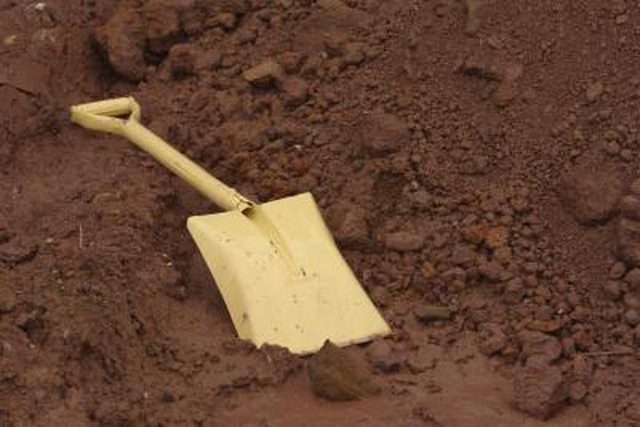Bulbs
Flower Basics
Flower Beds & Specialty Gardens
Flower Garden
Garden Furniture
Garden Gnomes
Garden Seeds
Garden Sheds
Garden Statues
Garden Tools & Supplies
Gardening Basics
Green & Organic
Groundcovers & Vines
Growing Annuals
Growing Basil
Growing Beans
Growing Berries
Growing Blueberries
Growing Cactus
Growing Corn
Growing Cotton
Growing Edibles
Growing Flowers
Growing Garlic
Growing Grapes
Growing Grass
Growing Herbs
Growing Jasmine
Growing Mint
Growing Mushrooms
Orchids
Growing Peanuts
Growing Perennials
Growing Plants
Growing Rosemary
Growing Roses
Growing Strawberries
Growing Sunflowers
Growing Thyme
Growing Tomatoes
Growing Tulips
Growing Vegetables
Herb Basics
Herb Garden
Indoor Growing
Landscaping Basics
Landscaping Patios
Landscaping Plants
Landscaping Shrubs
Landscaping Trees
Landscaping Walks & Pathways
Lawn Basics
Lawn Maintenance
Lawn Mowers
Lawn Ornaments
Lawn Planting
Lawn Tools
Outdoor Growing
Overall Landscape Planning
Pests, Weeds & Problems
Plant Basics
Rock Garden
Rose Garden
Shrubs
Soil
Specialty Gardens
Trees
Vegetable Garden
Yard Maintenance
How to Use Topsoil to Level a Yard
How to Use Topsoil to Level a Yard. Your lawn is the first thing visitors see when they visit your home. A lush, even yard makes your house more visually appealing. If your yard has uneven areas that fill with water every time it rains, or if your yard is sloped in a peculiar way, however, your yard doesn't have the curb appeal that an even lawn...

Your lawn is the first thing visitors see when they visit your home. A lush, even yard makes your house more visually appealing. If your yard has uneven areas that fill with water every time it rains, or if your yard is sloped in a peculiar way, however, your yard doesn't have the curb appeal that an even lawn has. Use topsoil to level your yard and give it better curb appeal for a relatively low cost.
Things You'll Need
Marking flags or stakes
Topsoil
Water sprinkler (optional)
Shovel
Locate the low-lying areas in your yard after a rain. If you live in an area that doesn't get much rain, saturate your lawn with a lawn sprinkler for a few hours.
Use marking flags (most often used by surveyors) or stakes to mark the perimeter of the craters. Use a ruler or yardstick to determine the depth of each crater.
Buy or order topsoil to fill in the craters. If the craters are small or few in number, purchase bags of topsoil at a nursery. If the craters are numerous and/or large, order a truckload of topsoil from a nursery or soil and gravel supply store.
Use a shovel to pour topsoil to level the yard. Pour grass seed on top of the topsoil, applying in a thick layer.
If your grass is St. Augustine or Bermuda, you can fill the crater completely because those grasses are hardy enough to grow up through many inches of soil.
Water regularly, keeping the soil moist (not dry).